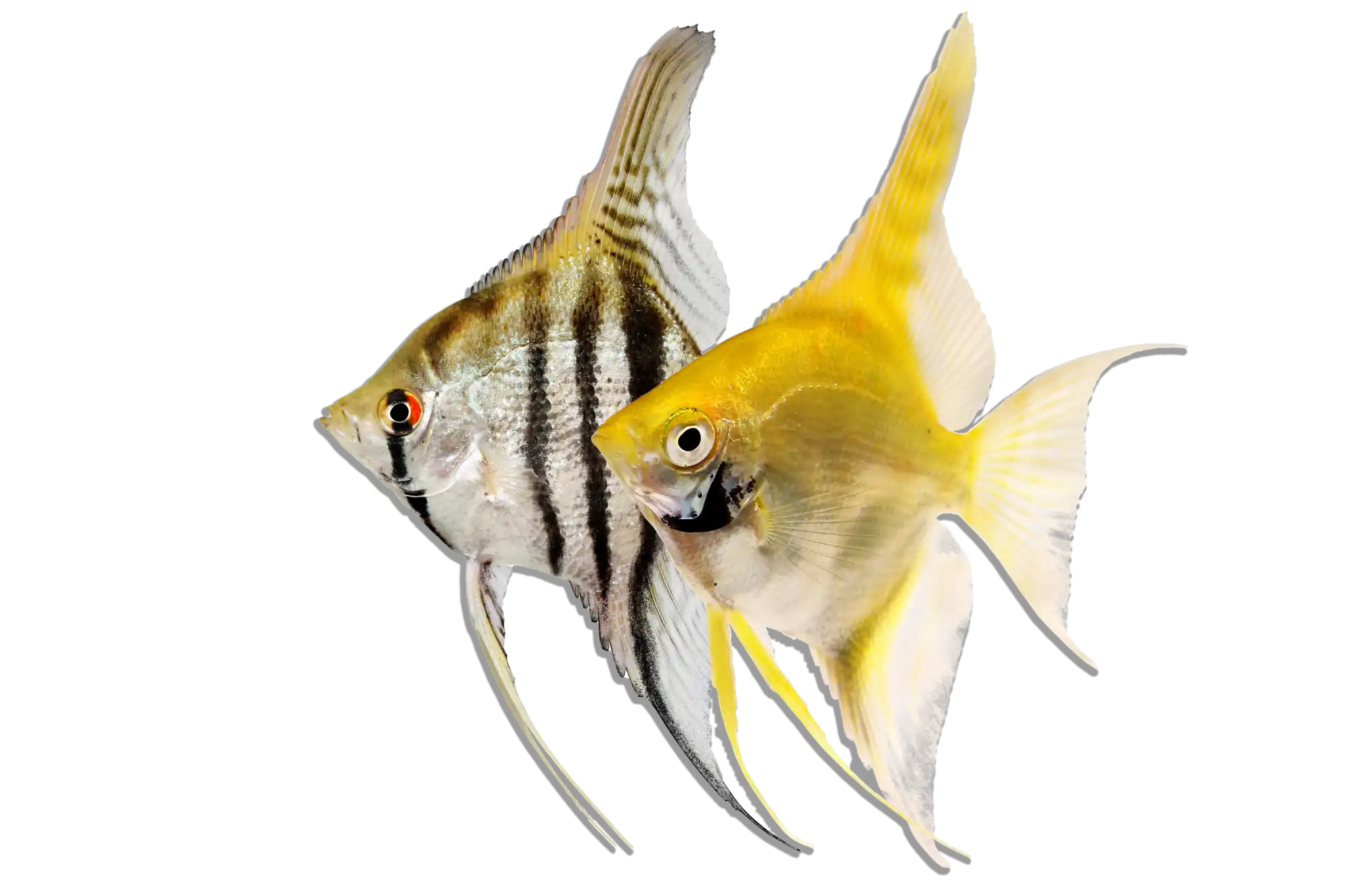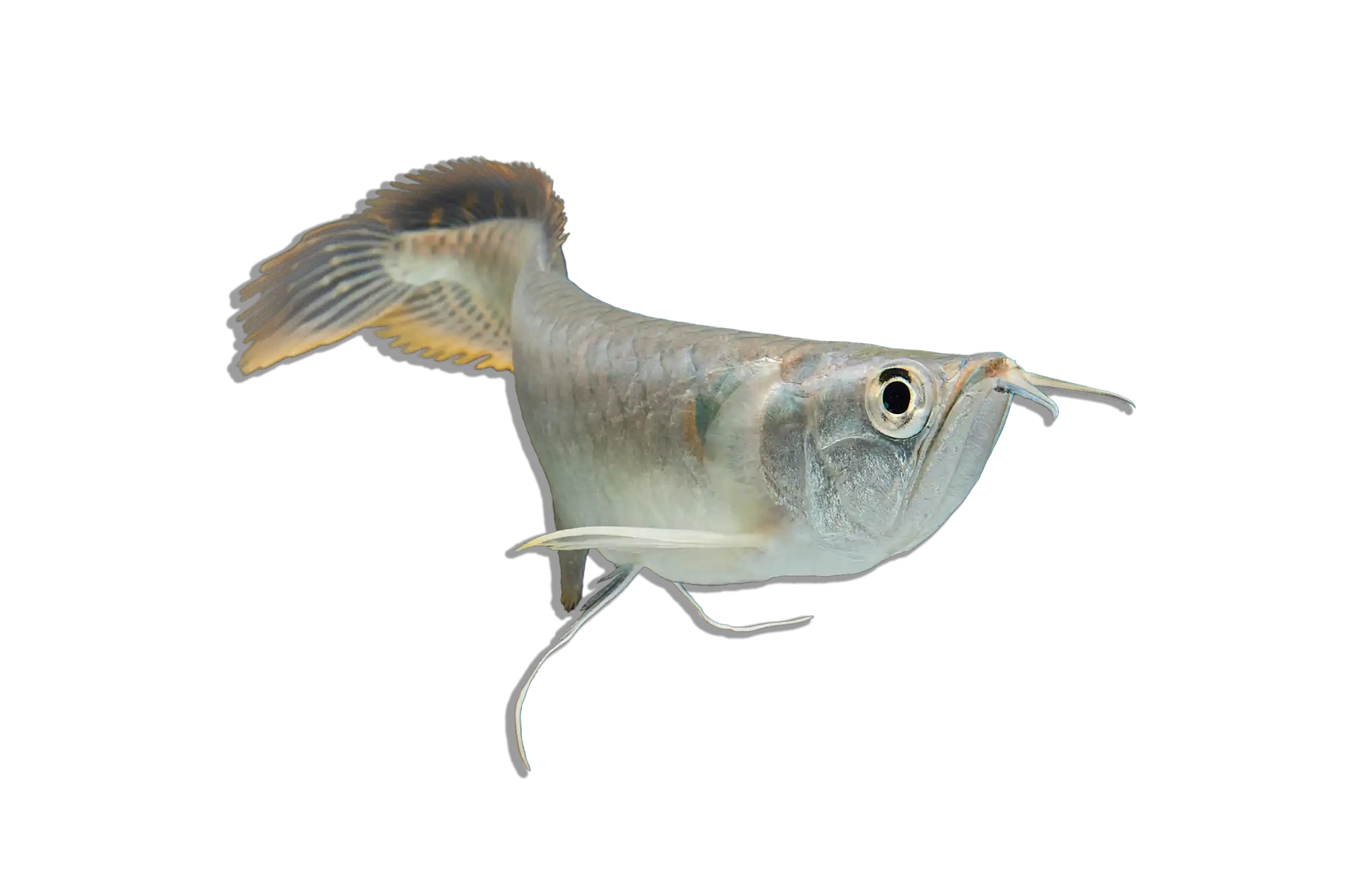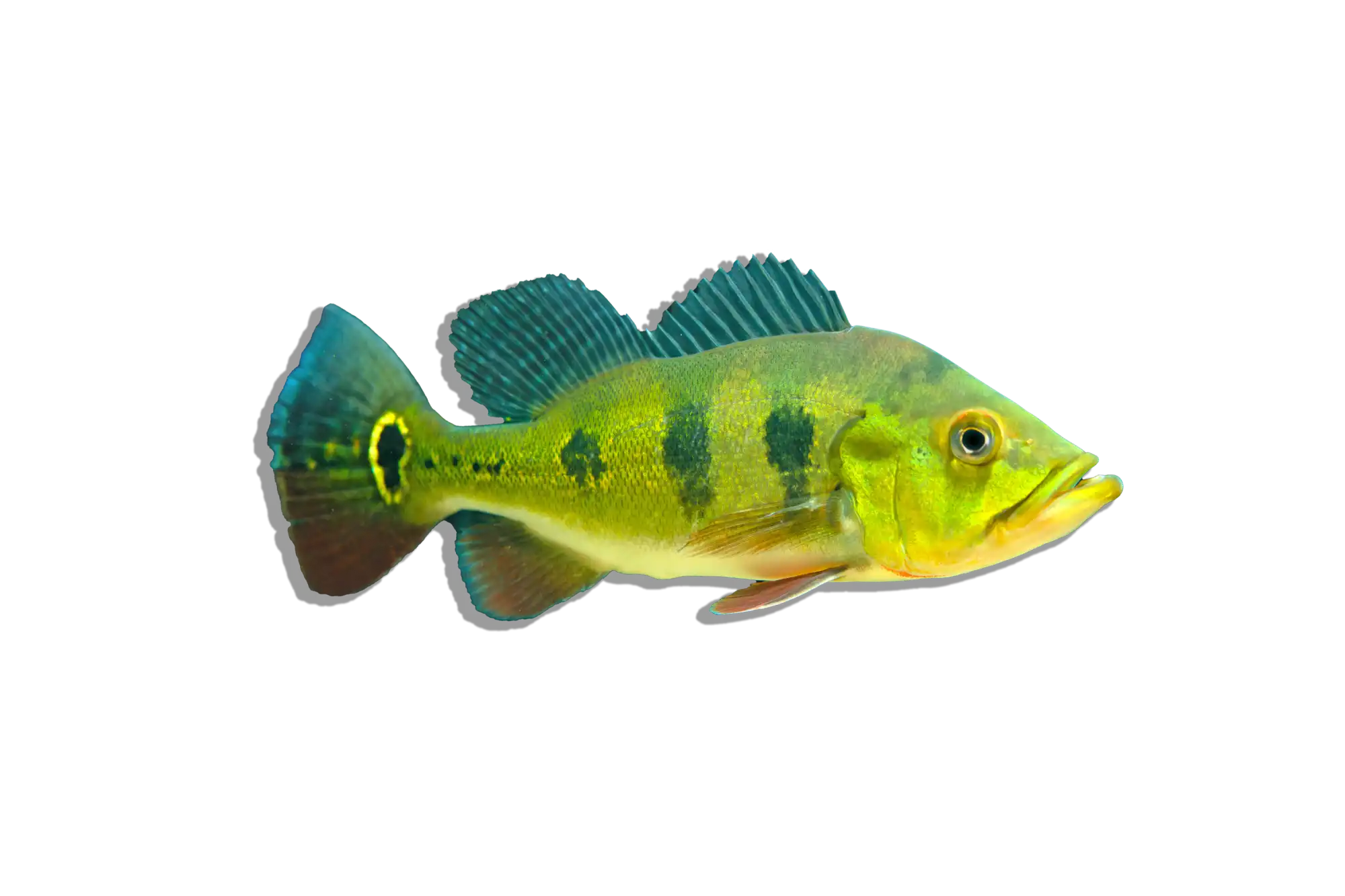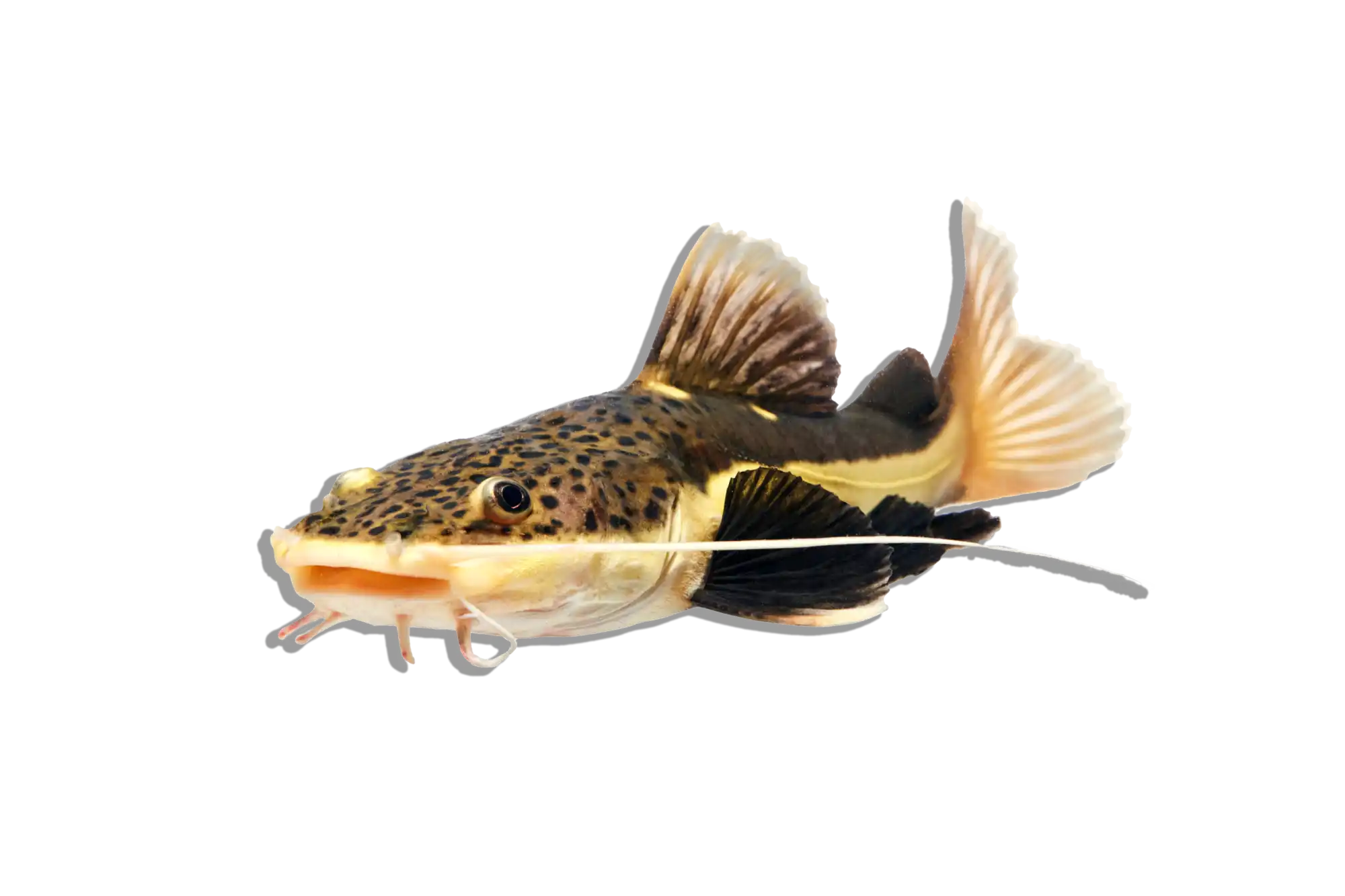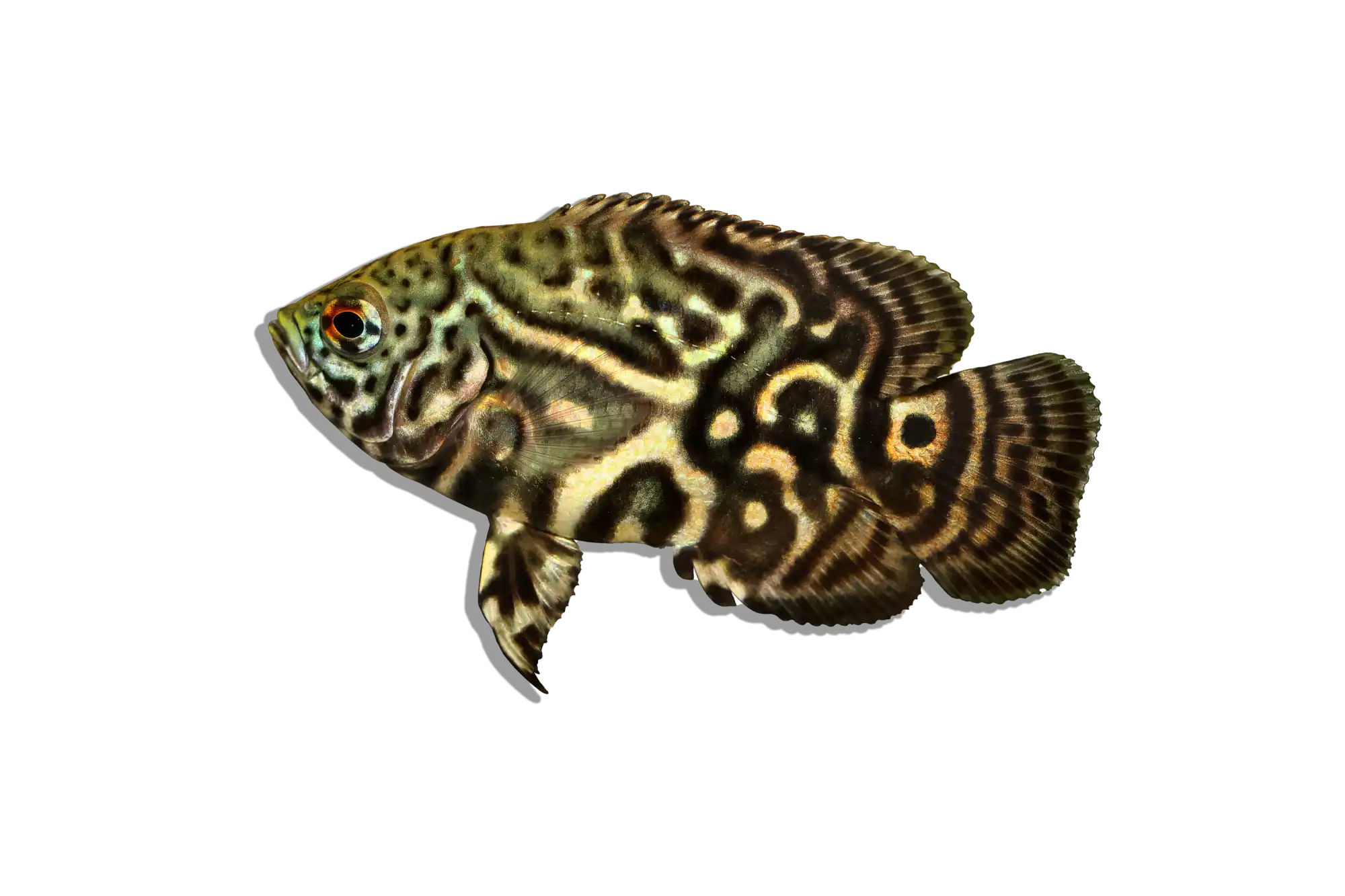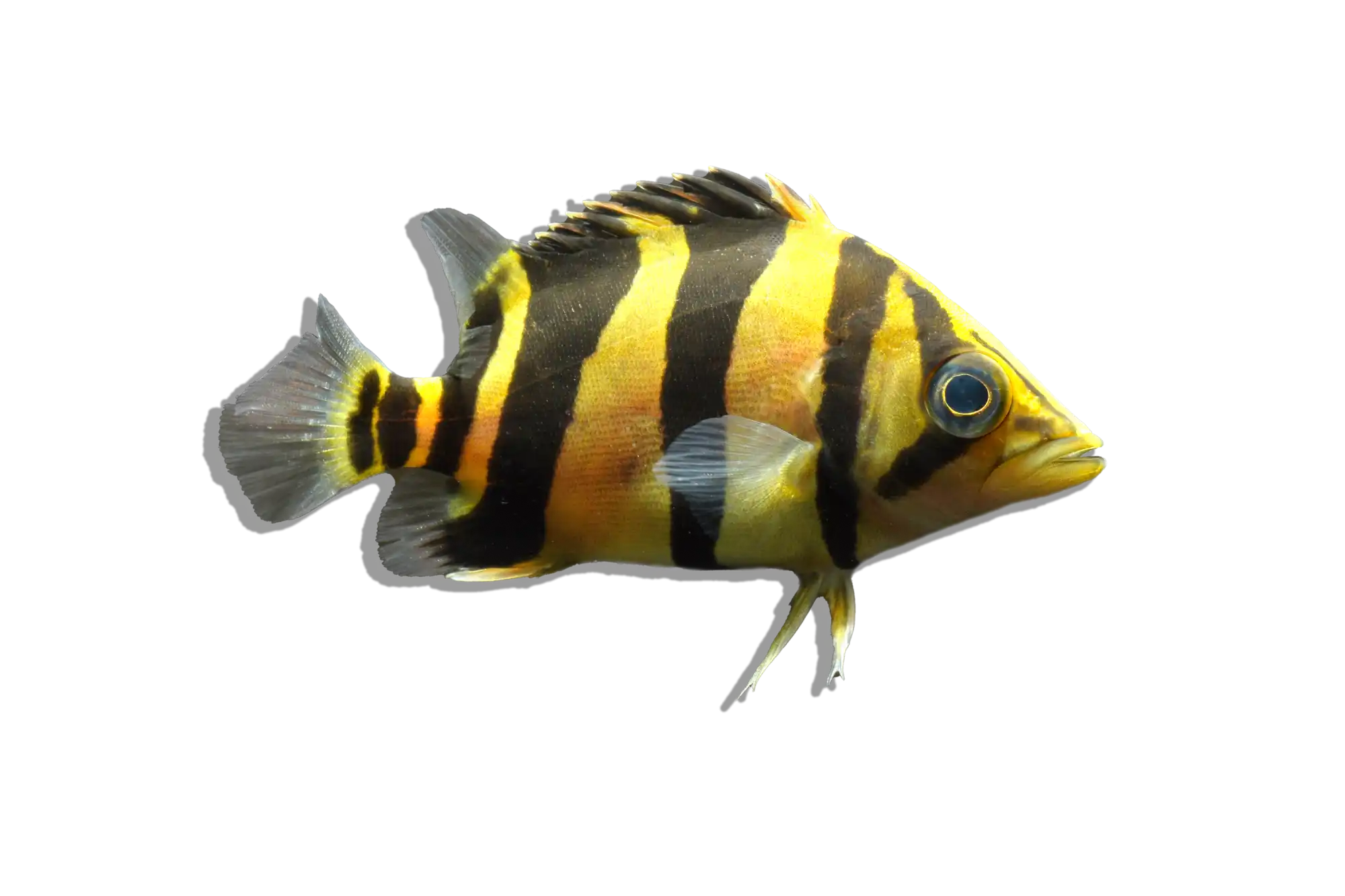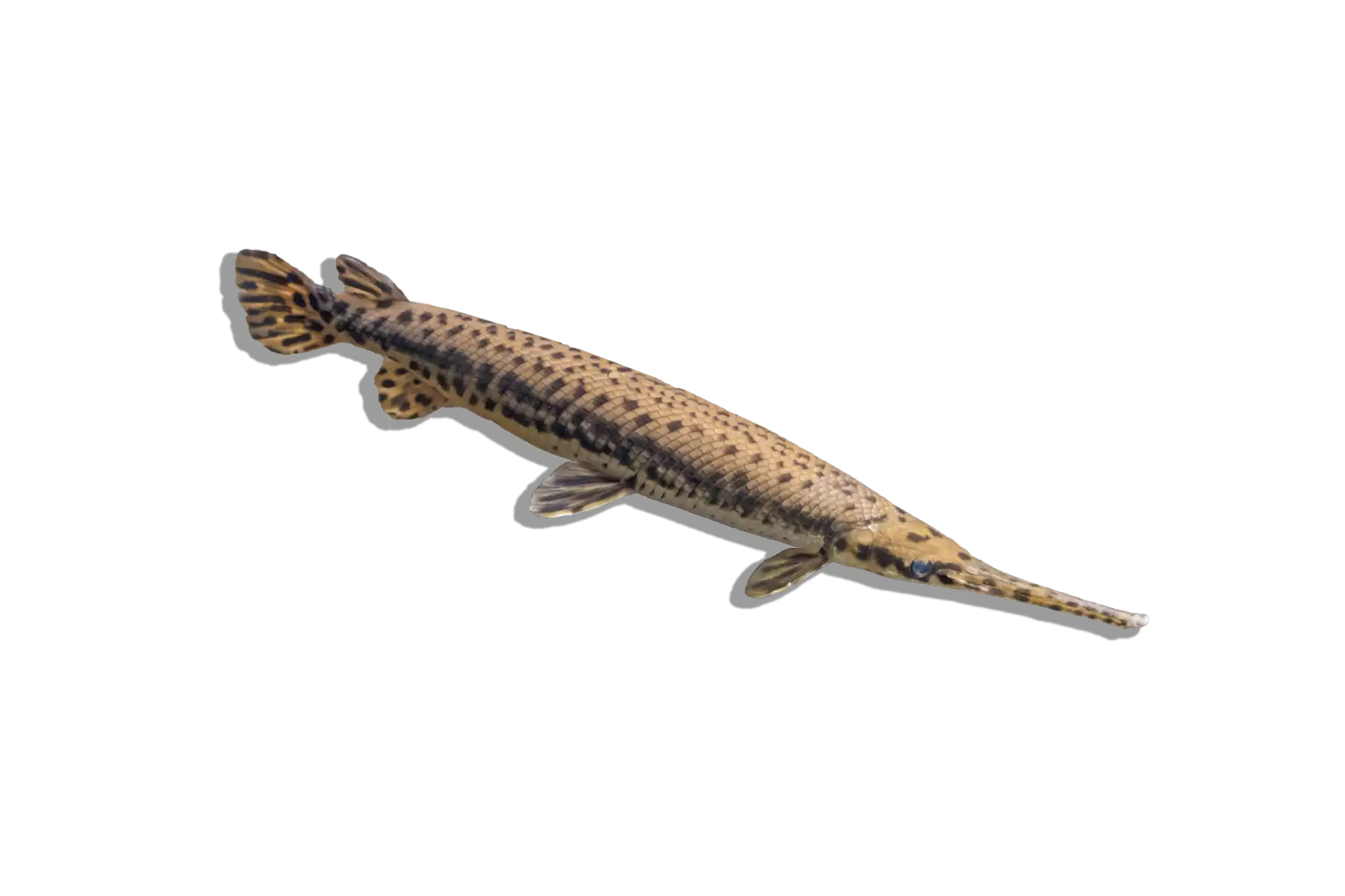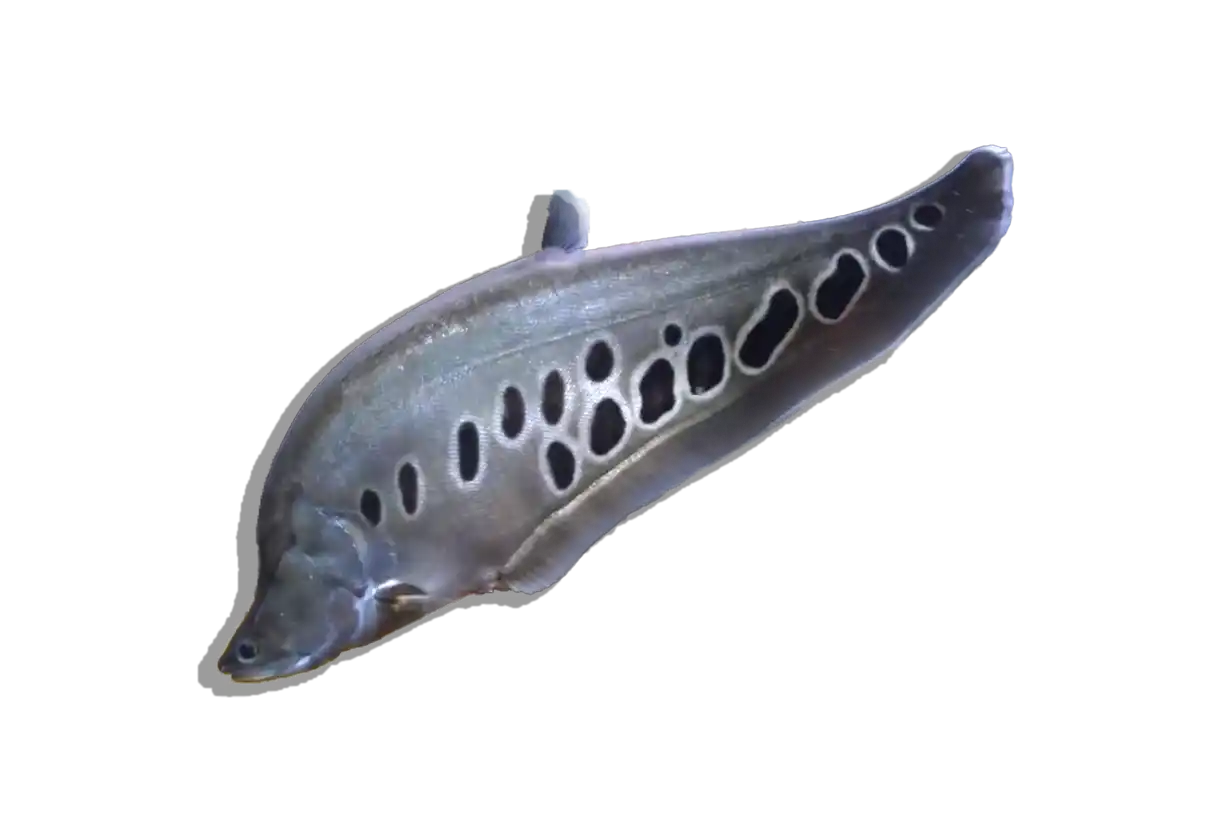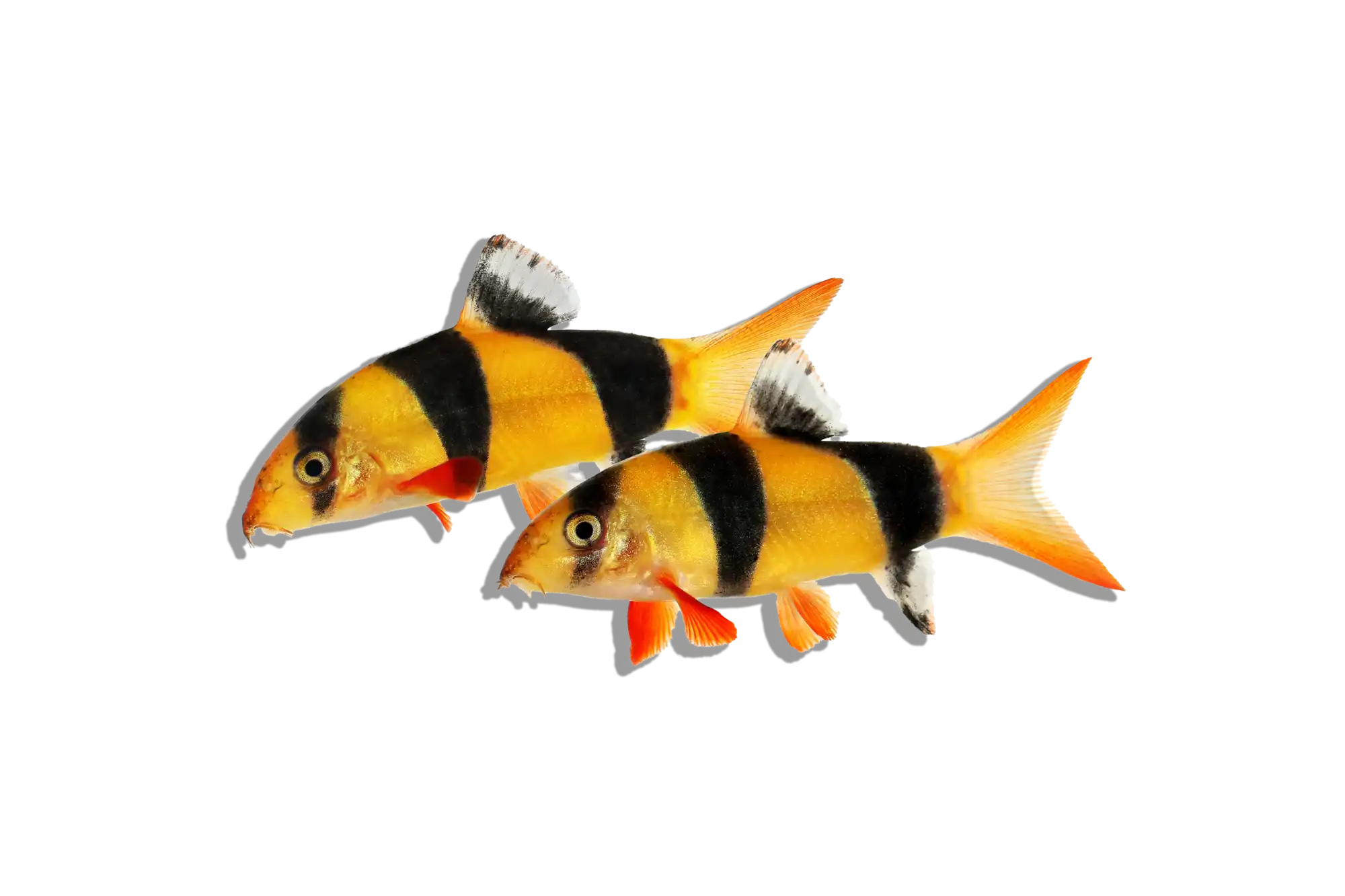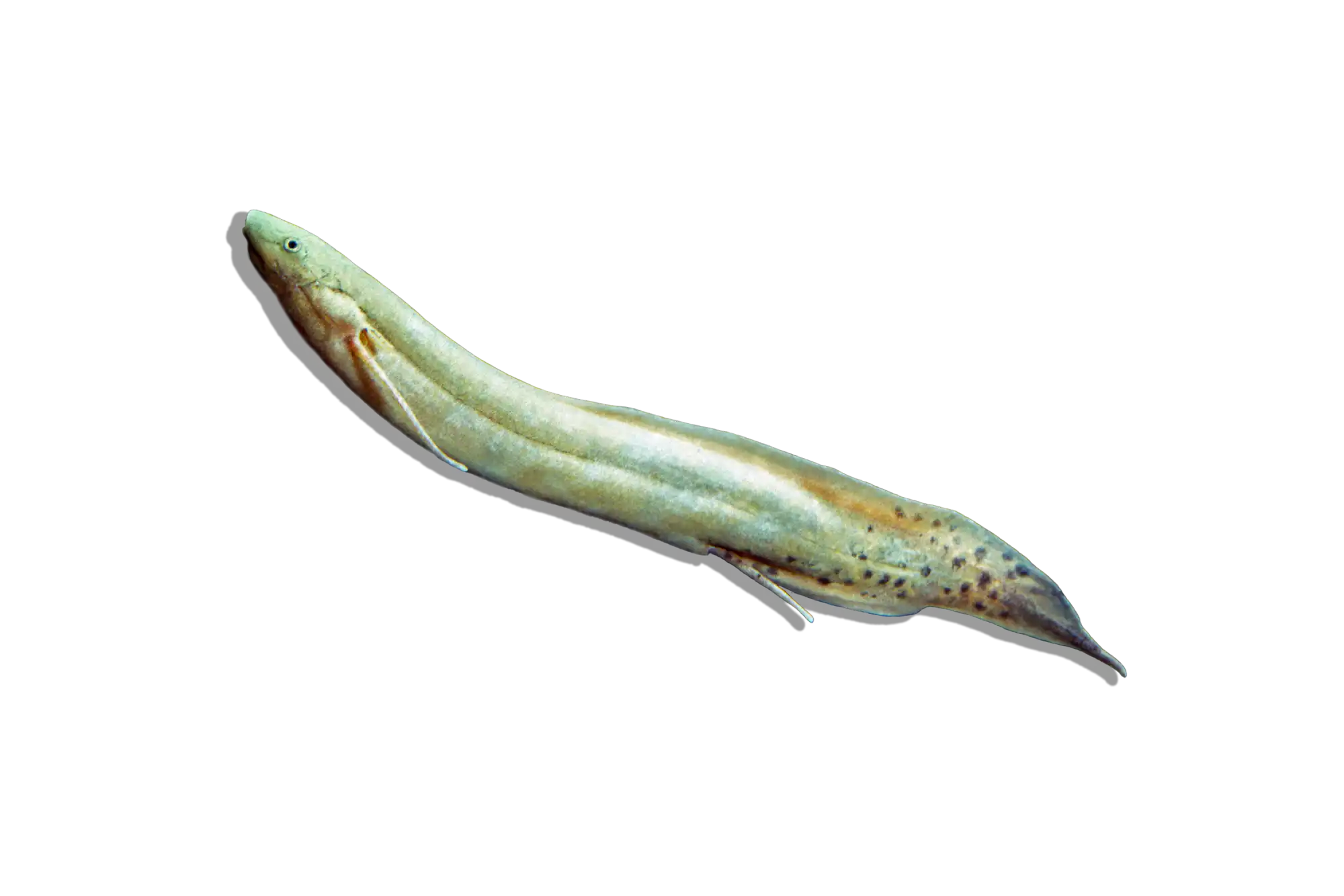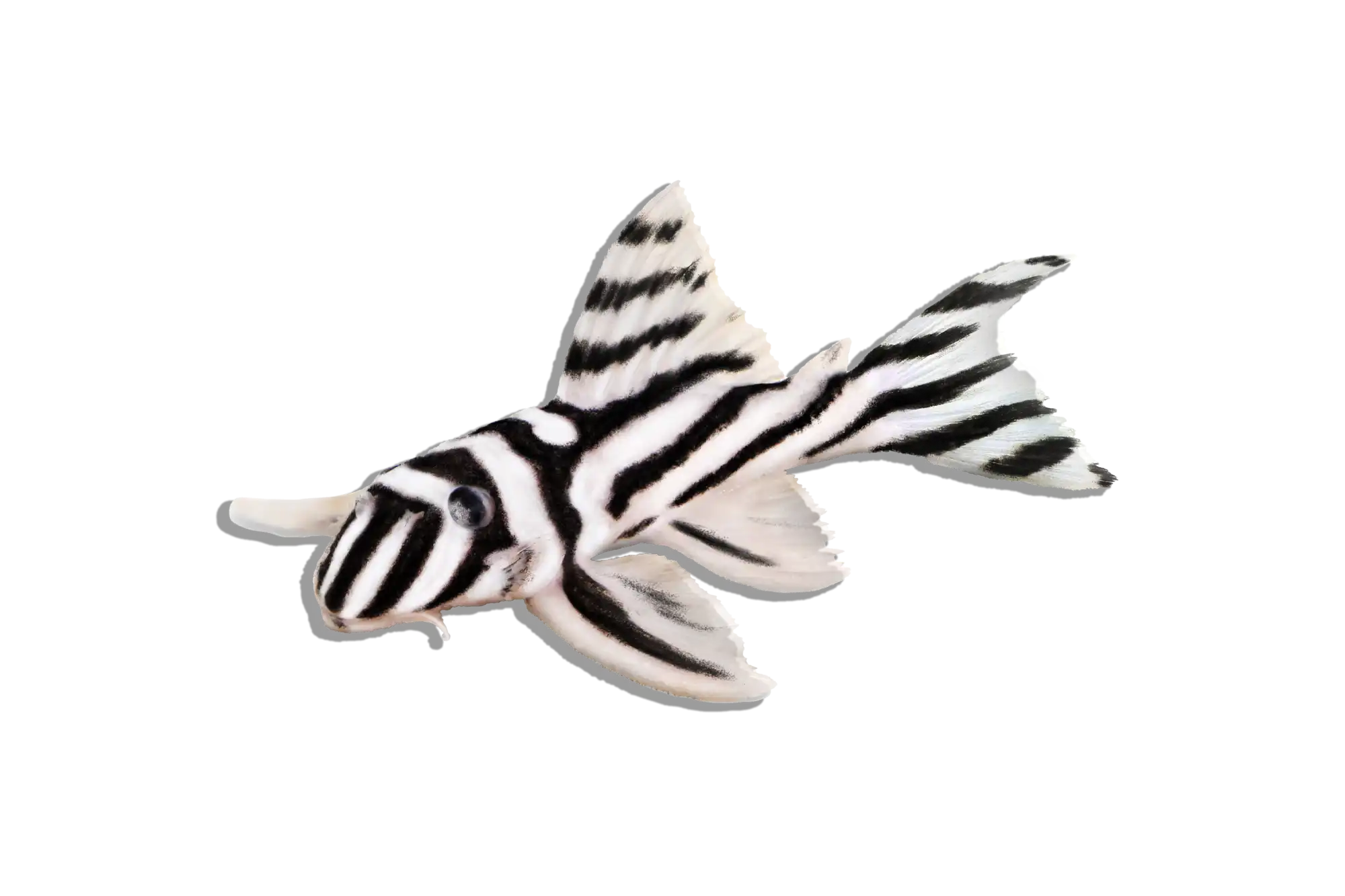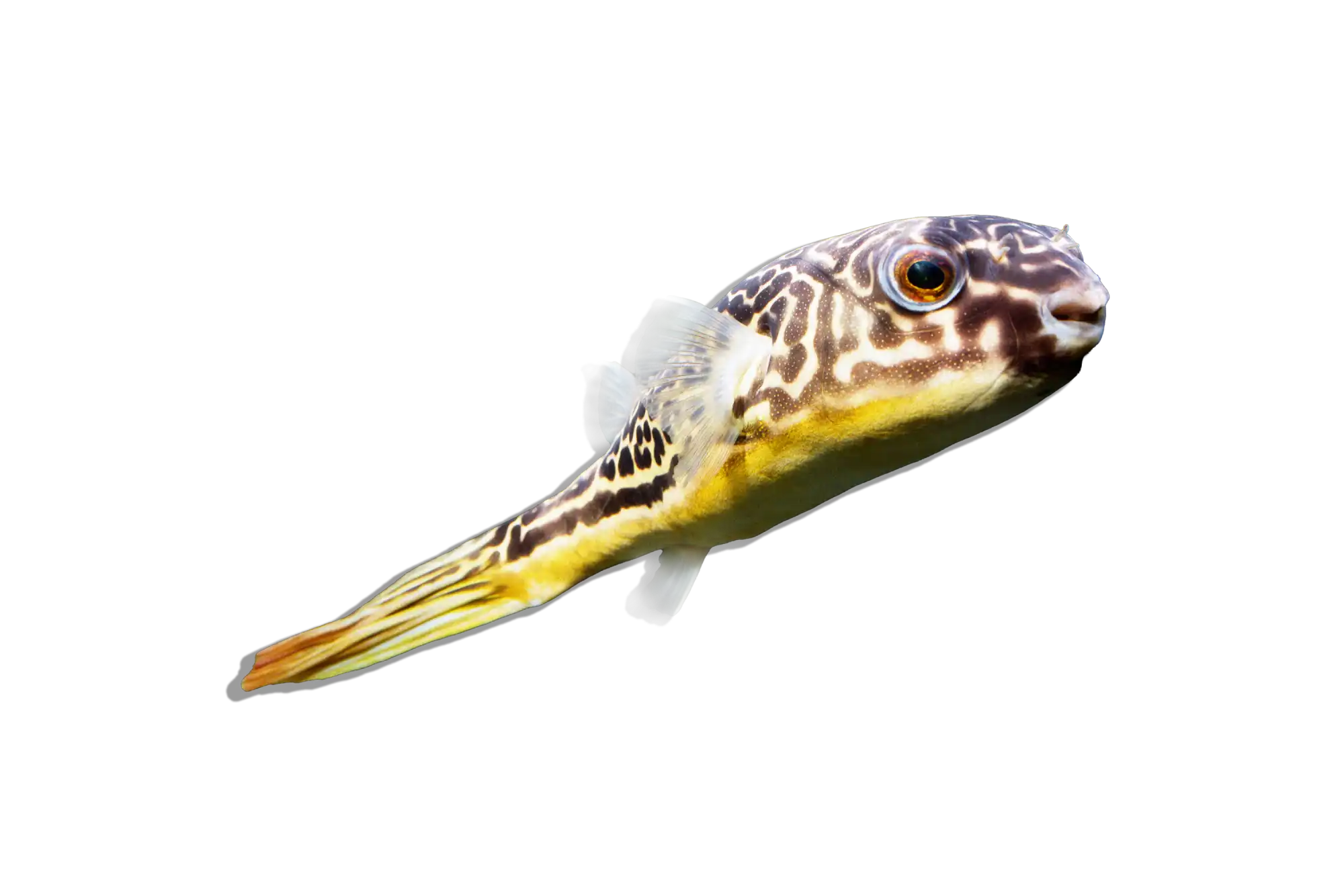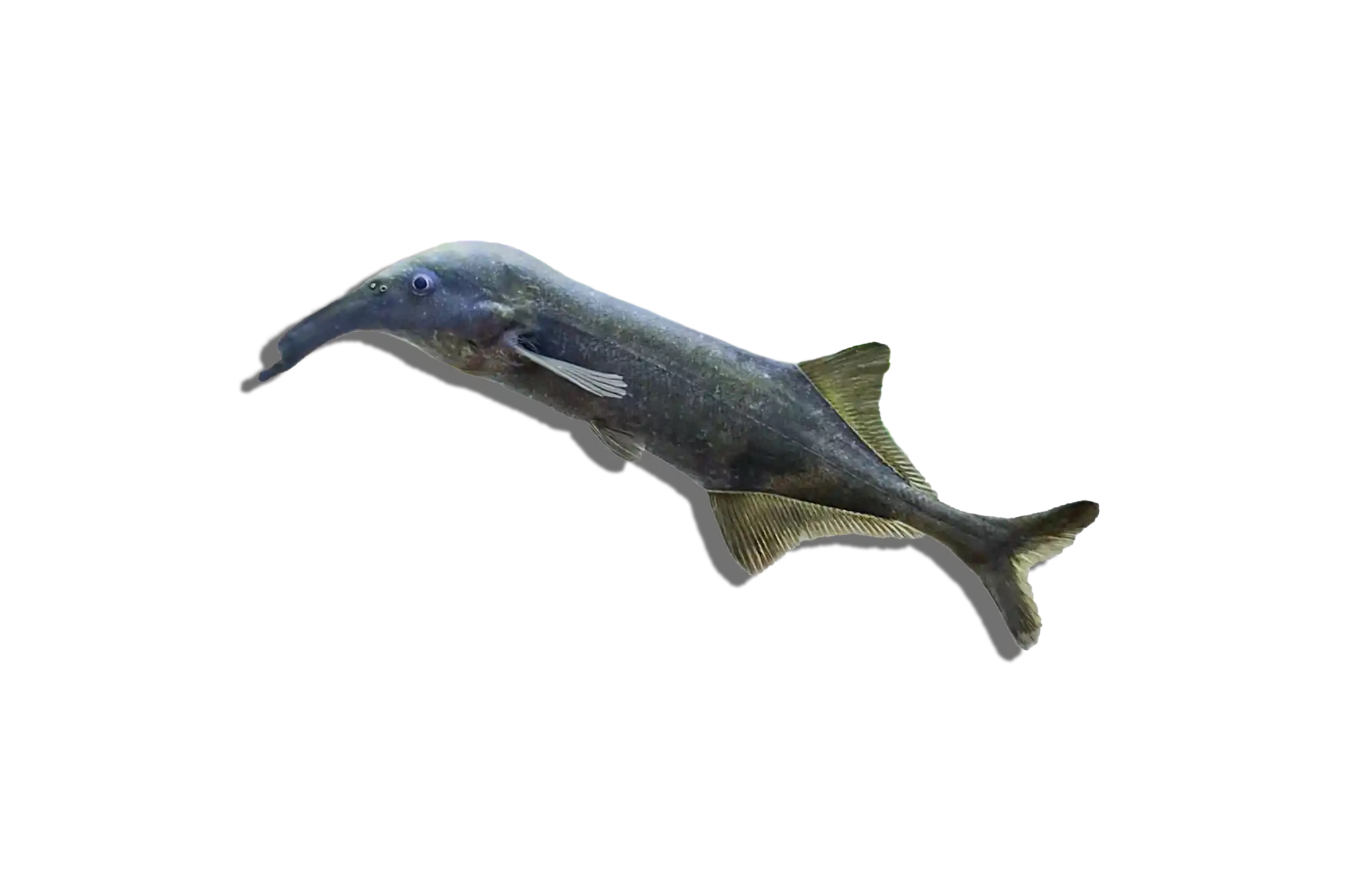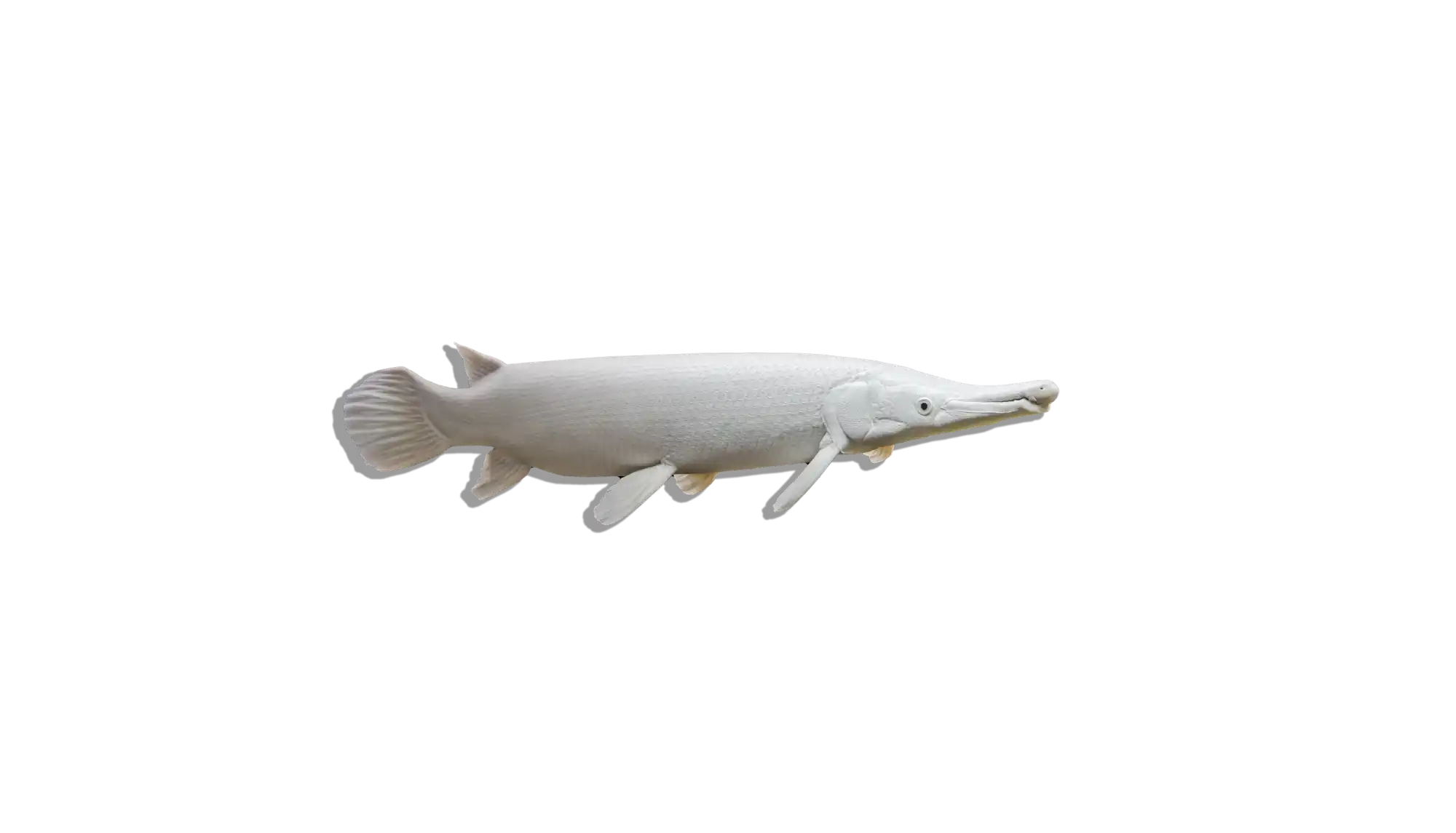Description
Common Name: African Earth Eater Cichlid
Scientific Name: Tylochromis lateralis
Other Names: African Sand-Sifting Cichlid
The African Earth Eater Cichlid is a fascinating species known for its sand-sifting behavior, similar to its South American Geophagus relatives. It has an elongated body with a silvery to golden coloration, often featuring a dark lateral stripe running along its body. Its active foraging behavior and relatively peaceful temperament make it an interesting addition to large aquariums.
Habitat and Distribution: Tylochromis lateralis is native to the freshwater river systems of West Africa, including the Congo Basin and surrounding areas. These cichlids inhabit slow-moving rivers, floodplains, and sandy-bottomed areas where they sift through the substrate in search of food. Their natural environment consists of warm, soft to moderately hard water with plenty of submerged vegetation and leaf litter.
Size and Lifespan: African Earth Eater Cichlids can grow up to 10-12 inches (25-30 cm) in length in both the wild and captivity. With proper care, they can live for 8-12 years, depending on diet and water quality.
Diet and Behavior: This species is an omnivore, feeding on small invertebrates, detritus, and plant matter in the wild. In an aquarium, their diet should include high-quality cichlid pellets, live or frozen foods such as bloodworms, brine shrimp, and earthworms, as well as fresh vegetables like peas and spinach. They are active substrate sifters, using their mouths to pick up sand, filter out edible material, and expel the rest through their gills. This behavior is essential for their well-being and should be accommodated with a fine, sandy substrate. While they are generally peaceful for a cichlid, they may become territorial during breeding.
Breeding and Reproduction: Breeding Tylochromis lateralis in captivity is possible but not common. They are biparental mouthbrooders, meaning both parents take turns holding the eggs and fry in their mouths for protection. A pair will typically lay their eggs in a carefully prepared pit in the sand, after which the fertilized eggs are collected and incubated in the mouths of the parents. To encourage breeding, provide a spacious tank, maintain stable water conditions, and offer a high-protein diet.
Aquarium Care and Tank Requirements: Due to their size and active digging behavior, African Earth Eater Cichlids require a large aquarium with a minimum of 75-100 gallons. A sandy substrate is essential to support their natural sifting behavior. Decor should include smooth rocks, driftwood, and hardy plants like Anubias that can tolerate occasional digging. Efficient filtration and regular water changes are required to keep their environment clean, as their digging behavior can stir up debris. The water should be well-oxygenated with moderate flow.
Ideal Tank Mates: This species is best kept with other peaceful to semi-aggressive African cichlids, large characins, catfish, or other similarly sized fish that can tolerate their active foraging. Avoid very small or overly aggressive tank mates that may outcompete them for food or stress them out.
Difficulty Level: Intermediate. While they are hardy and adaptable, their size, digging behavior, and need for a sandy substrate make them best suited for aquarists with some experience keeping larger cichlids.
Water Parameters:
- Temperature: 75-82°F (24-28°C)
- pH: 6.5-7.5
- General Hardness (GH): 6-12 dGH
- Carbonate Hardness (KH): 4-8 dKH
- Ammonia: 0 ppm
- Nitrite: 0 ppm
- Nitrate: <20 ppm
Additional Information: African Earth Eater Cichlids are unique among African cichlids due to their strong sand-sifting behavior, which is more commonly seen in South American species. They are excellent scavengers and help keep the substrate aerated, which can benefit other bottom-dwelling fish. Fun fact: They can change their coloration slightly based on mood, environment, or breeding condition, making them visually dynamic in a well-maintained tank.

